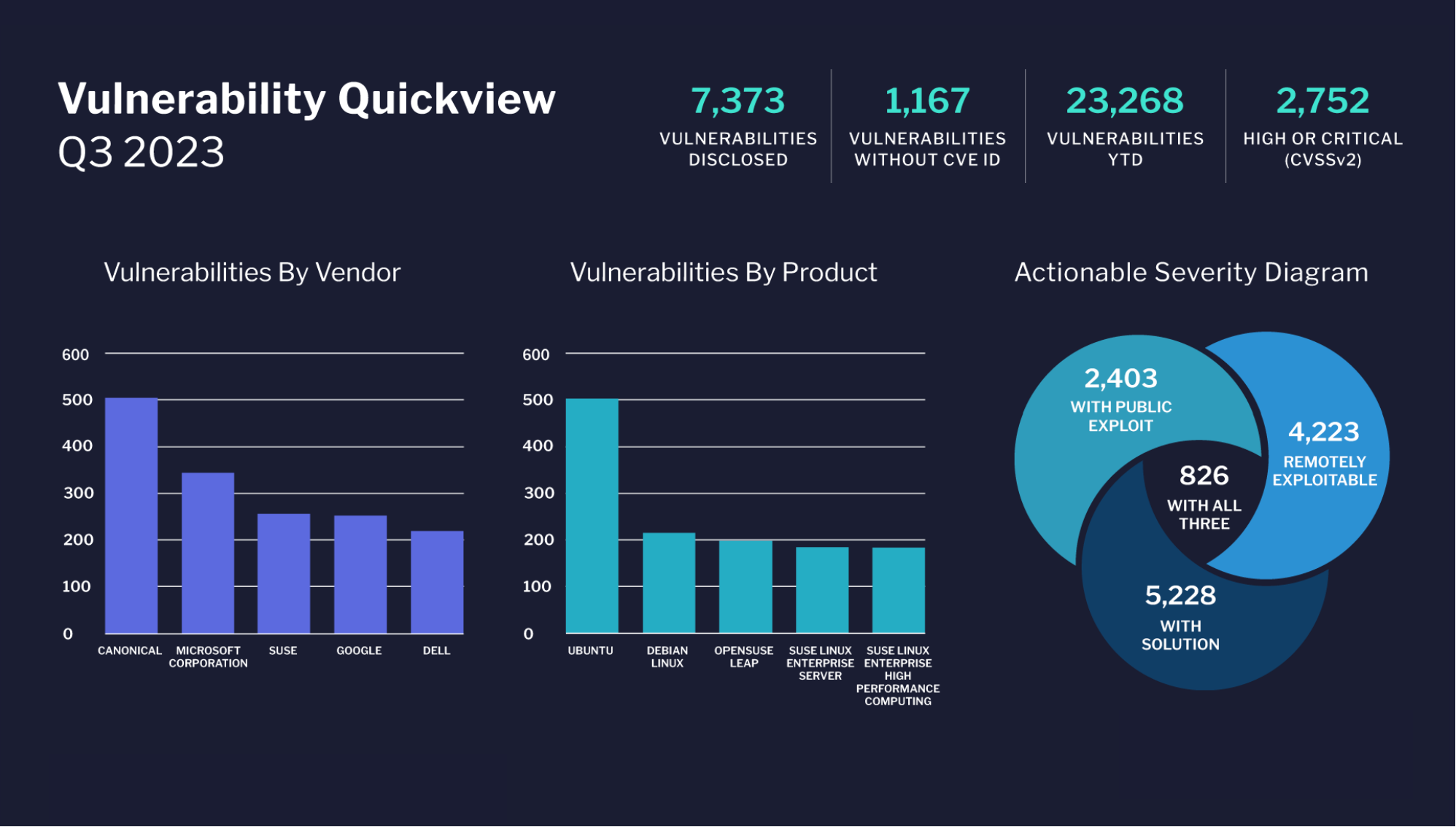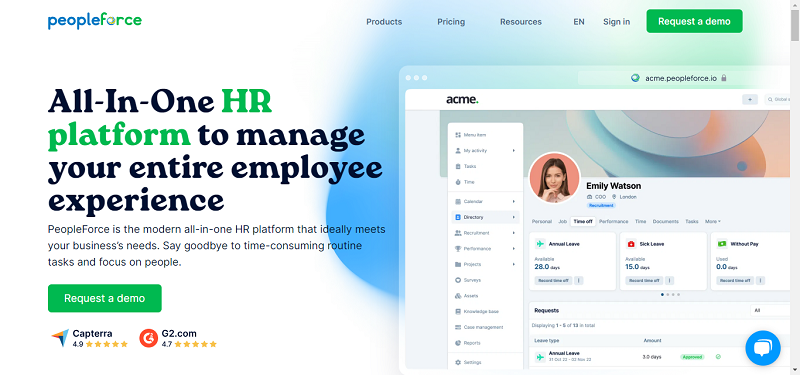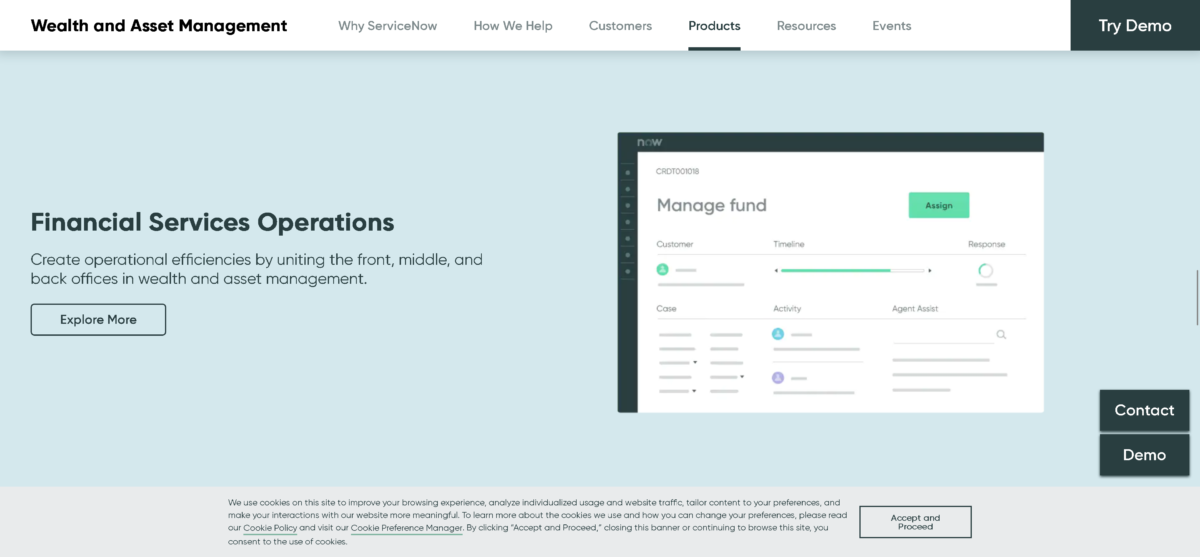With summer fast approaching people across the land are booking holidays and organizing trips to get away from the office for a well-earned rest. As soon as vacations have been booked, lots of people’s minds turn to one thing – losing a few kilos to try and sculpt that elusive beach body.
Whilst there are innumerable diets, health plans, and ‘get fit fast’ programs in every glossy magazine, newspaper and TV commercial break, is there a more efficient way to lose weight? Can big data play a part?
As with any technology or program that uses large amounts of data, it needs a broad scope of quality input to provide informative and insightful feedback. So where is all the data coming from? The answer is you. At the 2014 Consumer Electronics Show (CES) wearable technology stole the show, and a large sub-category of wearable tech is wearable fitness equipment.
One of the most popular devices on show was Fitbit’s bracelet-style fitness tracker. It spends 24 hours a day collecting and measuring everything about your day, from the number of steps you take to how many calories you’ve burned and from how many stairs you’ve climbed to which are your most active minutes of the day.
The data collection doesn’t stop when you lay your head on the pillow. Another standout performer of the CES was Sleep Number’s latest offering. They released a cutting-edge $8,000 dual-sided bed that tracks information such as sleep patterns, heart rate, breathing rate and the amount of time you are lying still or moving. All this data is then collated into app that can recommend optimal settings for the voice-controlled adjustable mattress, suggest pre-sleep exercise routines, or advise on the most effective sleep cycles for calorie burning and muscle recovery.
The fitness tech industry is undoubtedly exploding. In addition to the above examples there are now headphones that monitor your heart-rate, headbands that monitor your core body temperature, scales that monitor if you are gaining or losing weight, and gym gadgets that track repetitions, sets, lifting force, power, balance, speed, explosive strength, load, and tempo.
The sheer amount of data that is gathered has not been overlooked by advertisers. We recently looked at how big data is helping the marketing industry, and the world of wearable tech is yet other area that can be taken advantage of. The data garnered can offer valuable information about a consumer’s routines and habits that enable advertisers to organise advertising campaigns based on specific times of the year when people are more likely to gain weight, lose sleep, or do more exercise.
By Daniel Price





